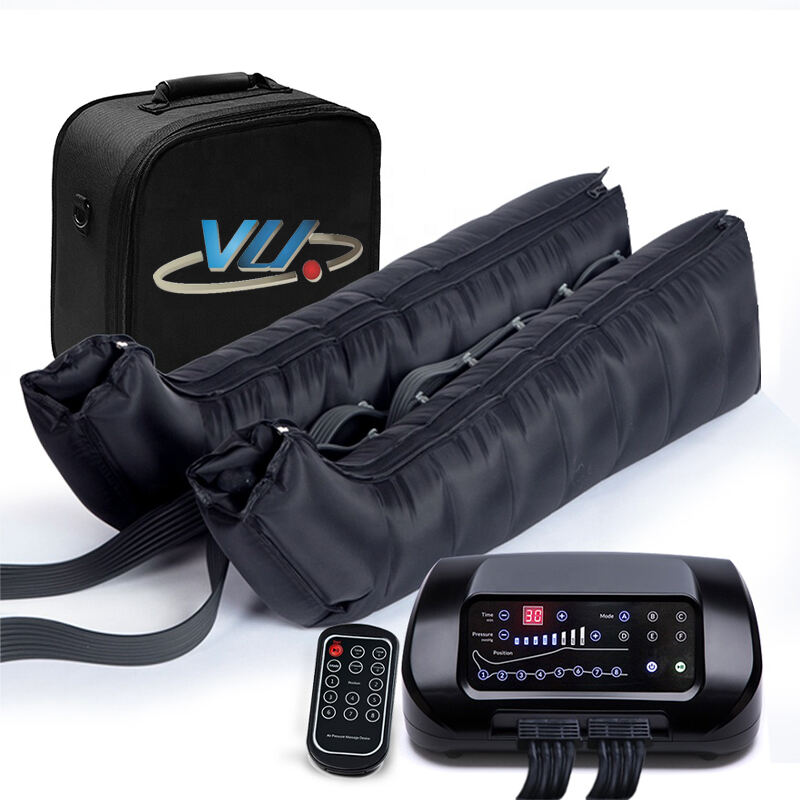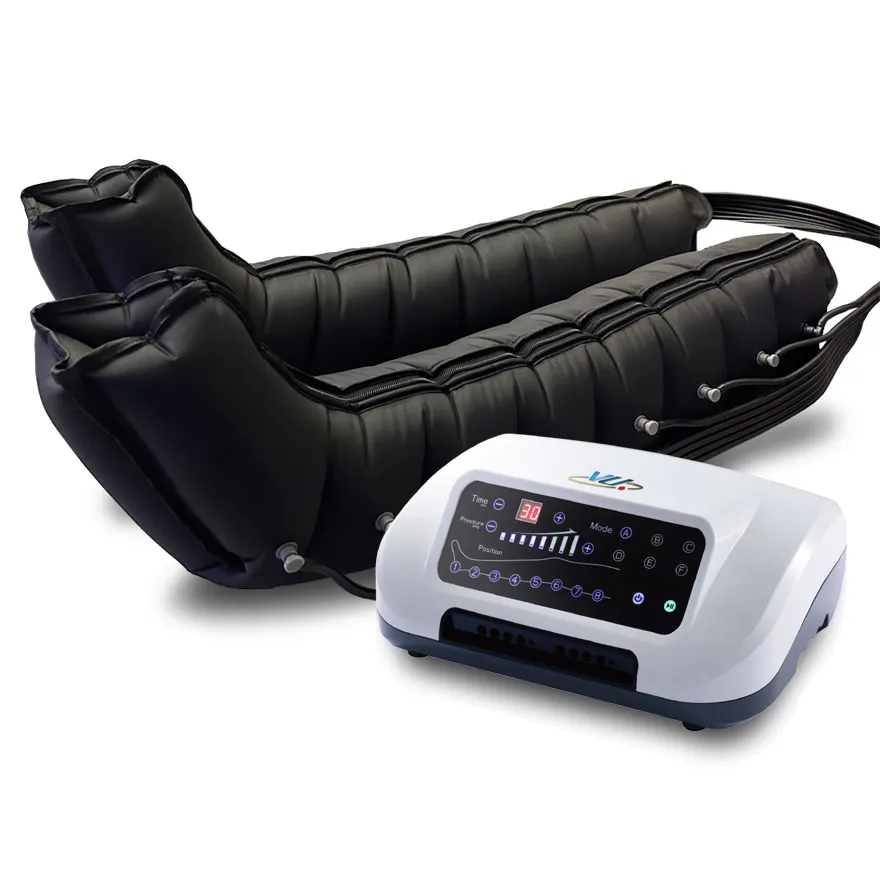Transform Your Muscle Recovery Journey with Advanced Leg Massage Technology
The modern lifestyle often takes a significant toll on our legs, whether from extended periods of standing, intense workout sessions, or simply the daily grind. As more people seek effective solutions for muscle recovery and pain relief, leg massagers have emerged as a revolutionary tool for maintaining leg health and enhancing overall well-being. These innovative devices offer a convenient and efficient way to experience professional-grade massage therapy in the comfort of your home.
Professional athletes, fitness enthusiasts, and individuals dealing with muscle fatigue have discovered that incorporating a leg massager into their daily routine can significantly impact their recovery process and overall leg health. The sophisticated technology behind these devices replicates the techniques used by professional masseuses, delivering consistent and targeted pressure to help alleviate muscle tension and promote faster recovery.
Understanding the Science Behind Leg Massage Therapy
Circulation and Blood Flow Enhancement
When you use a leg massager, the device's compression and massage techniques work together to stimulate blood circulation throughout your lower extremities. This increased blood flow delivers more oxygen and nutrients to tired muscles, helping them recover more efficiently from strain and exertion. The enhanced circulation also aids in removing metabolic waste products that can accumulate during physical activity.
The rhythmic compression patterns created by leg massagers help push blood back toward the heart, reducing swelling and inflammation in the legs. This process, known as venous return, is particularly beneficial for individuals who spend long hours on their feet or those who experience regular leg swelling.
Muscle Recovery Mechanisms
The mechanical action of leg massagers helps break down adhesions and knots in muscle tissue, promoting faster recovery and reducing muscle soreness. This process, called myofascial release, helps maintain muscle flexibility and prevents the formation of painful trigger points. Regular use of a leg massager can help maintain optimal muscle condition and prevent the development of chronic muscle tension.
The massage action also stimulates the production of endorphins, your body's natural pain-relieving compounds. This biological response not only helps reduce discomfort but also contributes to an overall sense of well-being and relaxation.

Physical and Mental Benefits of Regular Leg Massage
Athletic Performance Enhancement
Athletes who incorporate leg massagers into their training routine often experience improved performance and reduced recovery time between workouts. The targeted pressure helps prevent delayed onset muscle soreness (DOMS) and allows for more frequent and intense training sessions. The consistent massage therapy helps maintain muscle pliability and reduces the risk of sports-related injuries.
Regular use of a leg massager can also improve range of motion and flexibility, essential components for optimal athletic performance. By keeping muscles loose and well-maintained, athletes can maintain better form during exercises and reduce the risk of strain or injury.
Stress Relief and Relaxation
Beyond the physical benefits, leg massagers provide significant psychological advantages. The soothing sensation of massage therapy helps reduce stress levels and promotes mental relaxation. Many users report improved sleep quality after incorporating evening leg massage sessions into their daily routine.
The combination of physical relief and mental relaxation creates a holistic wellness experience that can positively impact various aspects of daily life, from work performance to personal relationships.
Maximizing the Benefits of Your Leg Massager
Optimal Usage Patterns
To achieve the best results with your leg massager, consistency is key. Establishing a regular massage routine, typically 15-20 minutes per session, can help maintain muscle health and prevent the buildup of tension. Many users find that scheduling sessions both before and after physical activity provides optimal benefits for muscle preparation and recovery.
It's important to start with lighter pressure settings and gradually increase intensity as your muscles become accustomed to the massage therapy. This approach helps prevent discomfort and ensures your muscles respond positively to the treatment.
Customization and Settings
Modern leg massagers offer various massage modes and intensity levels to accommodate different needs and preferences. Understanding and utilizing these features allows you to customize your massage experience for specific situations, whether you're treating post-workout soreness or addressing chronic tension.
Experimenting with different settings helps you discover the most effective combinations for your particular needs. Some users prefer vigorous massage for post-exercise recovery, while others benefit from gentler settings for relaxation and stress relief.
Frequently Asked Questions
How often should I use a leg massager for optimal results?
For best results, use your leg massager for 15-20 minutes, 1-2 times daily. Athletes or individuals with specific recovery needs might benefit from additional sessions, particularly after intense physical activity. Listen to your body and adjust the frequency based on your personal needs and response to the therapy.
Can leg massagers help with chronic conditions like poor circulation?
Yes, leg massagers can significantly improve circulation and help manage symptoms associated with poor blood flow. However, it's important to consult with a healthcare provider before using a leg massager if you have specific medical conditions, especially those affecting circulation or blood clotting.
What features should I look for when choosing a leg massager?
When selecting a leg massager, consider factors such as adjustable intensity levels, various massage modes, coverage area, and portability. Look for devices with heat therapy options, compression features, and comfortable materials. The best choice depends on your specific needs, whether for athletic recovery, general wellness, or managing specific conditions.

